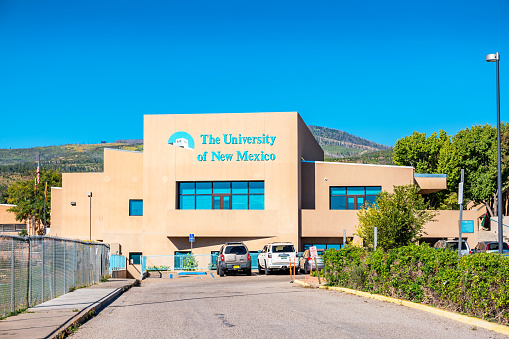New Mexico is set to become the leader in the fight to expand access to higher education. On Wednesday, the state government will unveil an ambitious new plan to make tuition at its public colleges and universities free for all in-state residents, even to students whose families can afford to pay. The plan also allows undocumented migrants living in the state to take advantage of the free tuition. The New York Times reports that New Mexico will use increased revenues from oil production in the Permian Basin to foot the costs.
From Slate:
“The plan outlined by the state’s Democratic Gov. Michelle Lujan Grisham aims to benefit some 55,000 students each year at a cost of $25 million to $35 million, according to New Mexico’s Higher Education Department. The proposal will now need to pass through both houses of the state legislature, both of which are controlled by Democrats.“
The issue of free college tuition has ballooned into a national movement over the past few years, with numerous Democratic presidential candidates throwing in their support. Many other states have taken action; New York has the Excelsior Scholarship, which guarantees free tuition at any two-year or four-year state public college to students whose families make less than $125,000 per year. But the catch is that the scholarship money cannot be used to cover room-and-board, books, child care or any other living expenses. Also, the student may not take time off for any reason.
Similar restrictions will apply in New Mexico’s initiative; but it still goes further than other free college plans in that everyone in the state is eligible, as long as they are recent high school graduates who had a GPA of 2.5 or better.
From The Times:
Officials contend that New Mexico would benefit most from a universal approach to tuition assistance. The state’s median household income is $46,744, compared with a national median of $60,336. Most college students in the state also come from relatively disadvantaged backgrounds; almost 65 percent of New Mexico undergraduates are among the nation’s neediest students, according to the state’s higher education department.
“I think we’re at a watershed moment,” said Caitlin Zaloom, a cultural anthropologist at New York University who has researched the impact of college costs on families. “It used to be that a high school degree could allow a young adult to enter into the middle class. We are no longer in that situation. We don’t ask people to pay for fifth grade and we also should not ask people to pay for sophomore year.”



